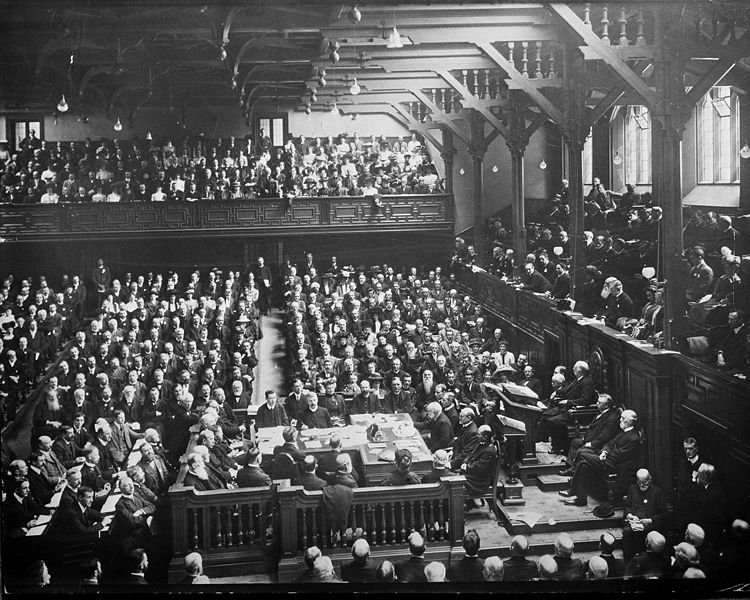In June of 1910 – precisely one hundred years ago – an historic gathering took place in Edinburgh, Scotland. Church leaders and mission agencies from around the world met to evaluate the progress of world evangelization, estimate the evangelistic task before them – and chart their way together into a new century.

The gathering intended to be as inclusive, representative and practical as possible. Approximately 1200 delegates assembled for the event under the visionary leadership of John R. Mott. “Never has there been such a gathering in the history of the Kingdom of God on earth,” Mott surmised with a bit of flourish (cited in Kalu, Vethanayagamony and Kee-Fook Chia 2010, p.2). Mott, of course, was an American; English was the language of the floor. The broad majority of participants were white, male Westerners – people like Mott – representing Western churches and missionary agencies at work around the world. The meeting represented the very “state of the art” with regard to Christian missions. But not a single African participated in the event.
A few days ago – and one hundred years after Edinburgh – another historic meeting took place, animated by very similar goals. Mission agencies and practitioners from around the world gathered again to evaluate the progress of world evangelization, consider the task yet remaining – and chart their way together into a new century. But the “state of the art” has developed a great deal over the course of a century.
The meeting was held in Tokyo – not London or Chicago. Participants carried laptops and iPhones – not fountain pens and paper. Edinburgh-1910 produced reams and reams of printed reports; Tokyo-2010 launched a website.
Missionary leadership and representation have changed a great deal, too. Tokyo-2010 represented the world church of our day – not the western or American church community. Organizers hoped for representation that would approximate the actual church around the world: approximately 20% African, approximately 20% Asian, and so on – and maybe 10% American, or a bit fewer. Names like “Mott,” certainly, did not now dominate the proceedings. Kamel and Cho gave leadership to the event. Baba and Alvarez figured prominently. And the language of the floor was not limited to English. Americans were issued headphones with translation into English of major addresses, to help them get along.
For the first time in history, the Christian Church is a truly global community. One hundred years ago, the church in Africa represented less than 2% of the global Christian family. Africans did not participate in Edinburgh. John Mott himself suggested that the church in Africa may not survive until the end of the twentieth century, given the trends that he observed at the beginning. Today, however, one out of five of our Christian family is an African. And Africans are added to our family at the rate of 34,000 per day.
An entire series of world-class meetings will be held this year in conscious continuity with Edinburgh-1910. One of them will be held, in fact, in the same city – for old-times’ sake. But the series began in Argentina. Gatherings continued in Tokyo, as we have seen. The largest will be held in Cape Town in October. Another will gather in Boston later in the fall.
From East and West, North and South God is gathering his people into the family business: to trust in Jesus Christ as Lord (John 6:28-29) and to make disciples everywhere (Matthew 28:19). We are nearer than ever before to the completion of the task.
The clarion call in Edinburgh was “the evangelization of the world in our generation.” The call is sounding again.